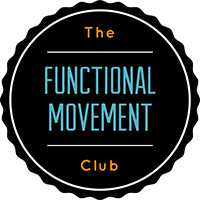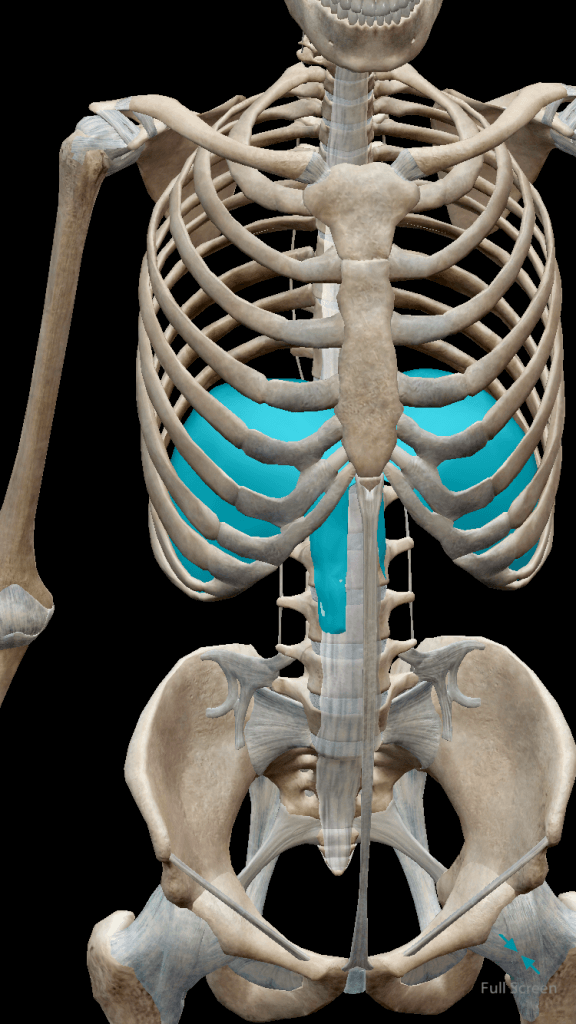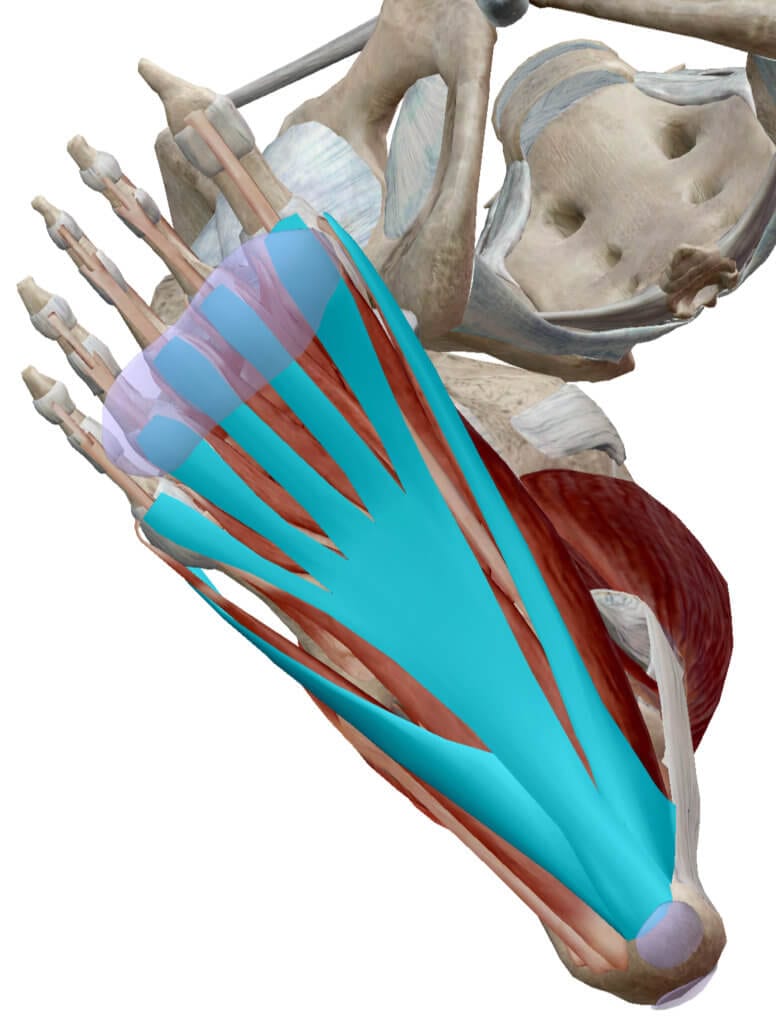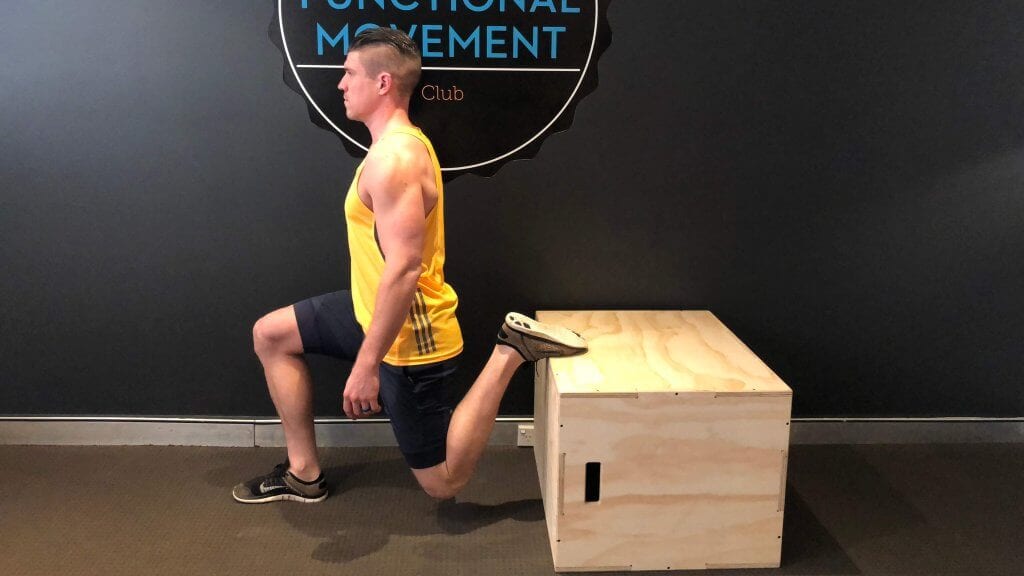
The Sit or Standing Desk Question?
“Australian adults now sit for an average of nearly nine hours a day”
This is an alarming statistic. Sitting accounts for 9 hours of the average adults day. add in 8 hours or sleeping. That’s 17hrs a day of inactivity. Evidence is mounting that, if you spend too much sitting it is harmful to your health. Sitting at work, or during your commute to or from work, increases your risk of diabetes. Certain cancers, heart disease and early death have also have links to prolonged sitting. Is the solution a standing desk?
PSST . . . Heres a FREEBIE I made for you
Benefits of Standing Desk:
Correct posture is a must, whether at a standing desk or sitting. When you slump in your chair, your calorie-burning slows to a third of the rate compared to standing up. A standing workstation makes you more likely to move around throughout the day. Increase your metabolism, burn more calories, and reduce the risk of obesity by simply standing more during the day.
Standing desks are associated with a decreased risk of diabetes type 2 and other metabolic diseases. Blood glucose regulation is impaired when sitting for extended periods of time. Links between poor blood glucose regulation and metabolic syndrome and type 2 diabetes has long been known.
Men who sit for greater than 5hrs/day are twice as likely to suffer heart failure. An increasing prevalence of cardiovascular disease, chest pain and heart attack lends to Sitting for extended periods of time.
Standing workstations reduce the risk of cardiovascular disease and cancer: Physical activity (or lack thereof) is commonly associated with breast and colon cancer. The link between the two is not fully understood, biomarkers such as C-reactive protein are elevated in people who sit for long periods throughout the day, these same biomarkers have also been found in cancer sufferers.
To decrease the risk of obesity, type 2 diabetes, cardiovascular disease, and cancer, get up and get active throughout the day. Often a better quality of life as we age comes with a lower level of lifestyle-related disease.
You Might Consider Changing From A Sit To Standing Desk If You Get:
1. Lower back pain
2. Neck pain
3. Muscle pain
The Risk of Leading a Sedentary Life:
Lower back pain, neck pain and muscle pain are only the start of your troubles. If you sit for long periods of time without moving ligaments and tendons start to stretch. after 20 mins of being in a stationary position your ligaments stretch and struggle to retain their original position. When they stretch they do not spring back into place, rather micro tears begin to appear, this is a concern.
Standing for extended periods of time has its own risk. Standing increases the work on our heart and lymphatic system (vessels that drain fluid from our arms and legs). Oedema results in poor posture and stretching of ligaments and tendons. The risks of standing are far outweighed by the evidence related to sitting.
How to Avoid Problems If You Can’t Access A Standing Deck
Incorporate more movement into your day, Whether sitting or standing. Stand up and give your back a break every 20 minutes. If working at a standing desk is not feasible, or if you are unable to stand all day. A good example is the brueggers postural relief exercise (mentioned in a previous blog “why sitting at your desk all day is doing you harm”). It helps switch on the muscles again and takes the strain off of ligaments and joints.
If pain or discomfort continues, as always it is recommended you seek professional health care advice.






